Author: Mike Neville
Having gained popularity following the Civil War and through Prohibition, Kentucky Common is a unique style that’s truly American, though it receives little attention these days. Similar in many ways to Cream Ale, Kentucky Common is a bit darker in color due to the use of roasted grains, which some posit was a means to acidify the harder water available in its birthplace of Louisville, Kentucky.
Typically made with 6-row pale malt, a hefty amount of corn grits to dilute the protein content, and a smattering of caramel and black malt, Kentucky Common was a mostly malt-forward style with moderate bitterness and clean fermentation character. Unlike the popular lagers of the day, Kentucky Common was known to be served very fresh, usually within a week of being brewed. The BJCP provides the following description of this unique historical style:
A clean, dry, refreshing, slightly malty dark beer with high carbonation. Mild-tasting, with light toast and caramel flavors, served very fresh as a sessionable saloon beer.
While I’d never brewed a Kentucky Common before, I have had numerous examples including one from a local brewer and frenemy who took a bronze medal at the 2018 National Homebrew Competition. I’ve been itching to brew something unique and felt a less traditional approach might work well for this traditional American style.
| BREWING THE BEER |
My Short & Shoddy Kentucky Common recipe was heavily influenced by the version my buddy won his award with, though I made adjustments based on the ingredients I had on-hand.
Short & Shoddy Kentucky Common
Recipe Details
| Batch Size | Boil Time | IBU | SRM | Est. OG | Est. FG | ABV |
|---|---|---|---|---|---|---|
| 5.5 gal | 30 min | 24.8 | 15.4 SRM | 1.045 | 1.006 | 5.12 % |
| Actuals | 1.045 | 1.006 | 5.12 % | |||
Fermentables
| Name | Amount | % |
|---|---|---|
| Brewers Malt | 4 lbs | 37.21 |
| Brewers Malt 6-Row | 4 lbs | 37.21 |
| Corn, Flaked | 2.25 lbs | 20.93 |
| Black (Patent) Malt | 4 oz | 2.33 |
| Crystal DRC | 4 oz | 2.33 |
Hops
| Name | Amount | Time | Use | Form | Alpha % |
|---|---|---|---|---|---|
| Columbus/Tomahawk/Zeus (CTZ) | 17 g | 30 min | Boil | Pellet | 15.6 |
Yeast
| Name | Lab | Attenuation | Temperature |
|---|---|---|---|
| Flagship (A07) | Imperial Yeast | 77% | 32°F - 32°F |
Notes
| Water Profile: unfiltered Dearborn, MI tap water adjusted with small amounts of Campden, calcium chloride, and Epsom salt |
Download
| Download this recipe's BeerXML file |
The night prior to brewing, I collected the full volume of unfiltered tap water, which I added small unmeasured amounts of campden, calcium chloride, and Epsom salt to. I then weighed out and milled the grain.
At 1:32 PM the following day, I flipped the switch on my 120v BräuSupply electric controller to get the water heating up.
At this point, I weighed out the single kettle hop addition.
When the water was properly heated, I stirred in the grist then checked to make sure it was at my target mash temperature.
Once the 30 minute mash rest was complete, I removed the grains and brought the wort to a boil, during which hops were added as listed in the recipe.
Following the 30 minute boil, I quickly chilled the wort to 68°F/20°C with my Hydra IC.
A refractometer reading showed the wort was at 1.045 OG, for a brewhouse efficiency of 64%.
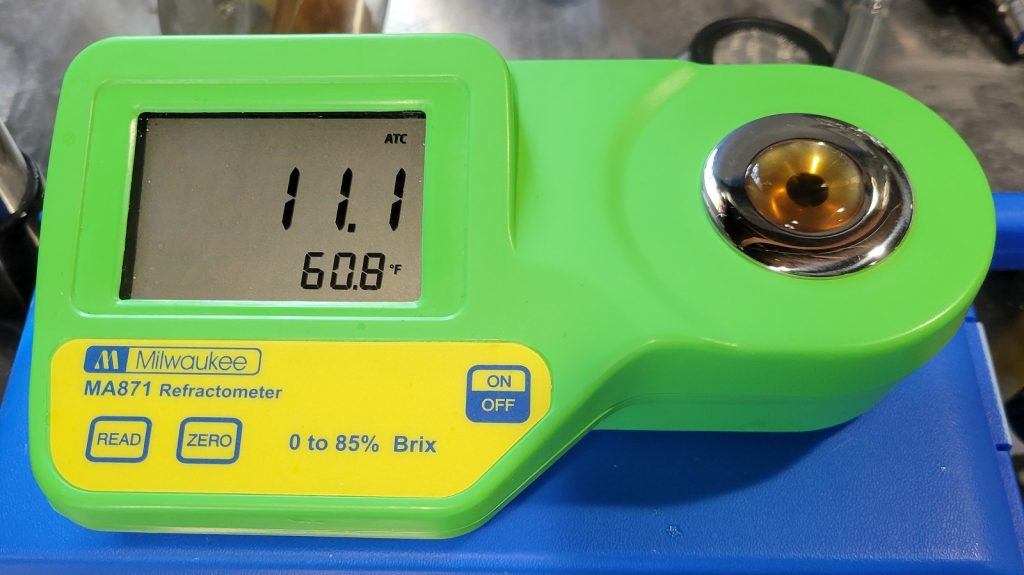
I then transferred the wort to my fermentation vessel.
Next, I direct pitched a pouch of Imperial Yeast A07 Flagship into the wort. The time was 3:27 PM for a total brew day time of exactly 1 hour and 55 minutes.
The filled fermenter was placed in an area of my basement that maintains a fairly consistent 62˚F/17˚C. With activity absent after 10 days, I took a hydrometer measurement showing FG had been reached.
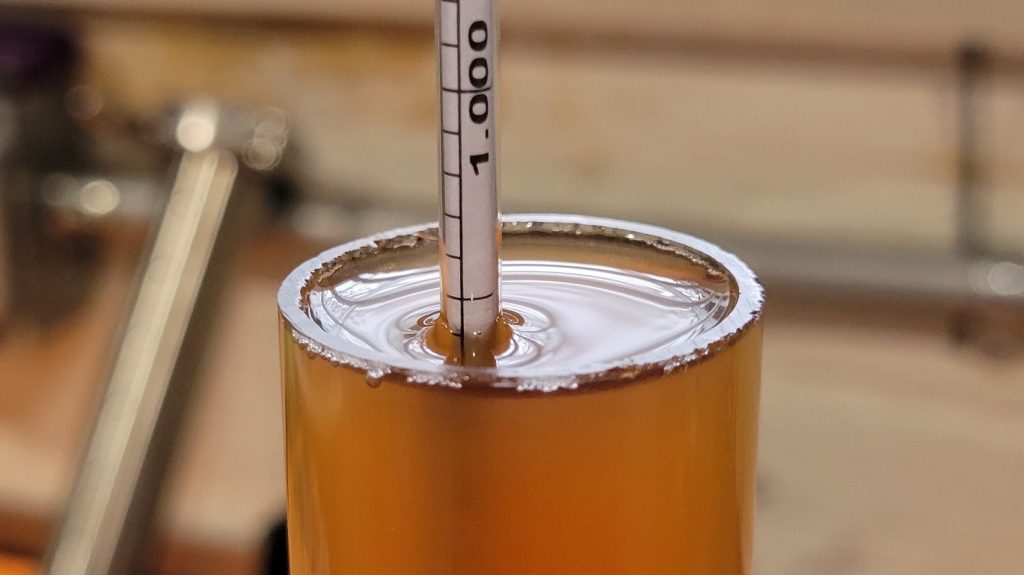
I then cold crashed the beer to 38°F/3°C in my fridge and left it overnight before returning to transfer it to a CO2 purged keg.
The filled keg was placed in my keezer and burst carbonated overnight before I reduced the gas to serving pressure. After a week of cold conditioning, it was ready to serve to tasters.
| RESULTS |
A total of 19 people of various levels of experience participated in this Short & Shoddy evaluation. Participants were informed of the specific beer style and provided the BJCP description prior to completing the survey. Tasters were then instructed to rate how hoppy, malty, and dry they perceived the beer to be on a 0-5 scale where a rating of 0 indicated “not at all” and 5 indicated “extremely.”
Tasters were provided a list of common hop, malt, and yeast characteristics then instructed to select from each the one they perceived as being most prominent in the beer.
Hop Characteristics
Malt Characteristics
Yeast Characteristics
Next, participants were asked to indicate whether or not they detected any off-flavors in the beer; those who did were provided a list of common off-flavors and instructed to select the one they perceived as being strongest. Not a single person identified this beer as possessing any off-flavors.
Tasters were then asked to rate how well the beer represented the intended style, based on the provided BJCP description, on a 0-5 scale where 0 meant “not at all” and 5 meant “exactly.”
Finally, tasters were asked to rate how much they enjoyed the beer on a 0-5 scale where 0 indicated they hated it and 5 indicated they loved it.
My Impressions: I perceived this beer as being malt-forward with rich toast and medium-low caramel malt flavors. While the bitterness balanced the malt nicely, I perceived little hop character, and the beer finished dry on my palate. When really focusing, I felt like I detected some hints of vegetal notes, thought it wasn’t enough to be distracting.
| CONCLUSION |
A number of classic beer styles are marked by the regions from whence they originated, which is precisely the case with Kentucky Common, a refreshing ale that was served almost exclusively in the city of Louisville, Kentucky from the late 19th century until Prohibition. Similar to its Cream Ale cousin in that it was produced with a decent portion of corn, Kentucky Common got its distinct color and flavor from the use of darker caramel and black malts.
While Kentucky Common was typically brewed using uncomplicated methods, it’s probably safe to assume most brewers tended to abide by certain “rules” to avoid undesirable off-flavors. Interestingly, tasters of this Short & Shoddy version not only seemed to enjoy it, but felt it was a good representation of the style. Additionally, not a single person felt the beer possessed off-flavors, despite the numerous corners that were cut when brewing it.
Ratings on the various perceptible qualities of this Short & Shoddy Kentucky Common aligned with the BJCP description– toasty malt, earthy hops, and a clean fermentation profile. While the caramel and black malts contributed a nice color and some flavor, the beer was not overwhelmingly roasty, which contributed to its drinkability. Overall, I was rather pleased with how this Kentucky Common turned out and do not feel it was impacted negatively at all by the methods used to brew it. For anyone looking to try their hand at a unique historical style, this Short & Shoddy Kentucky Common is a great option!
If you have thoughts about this Short & Shoddy brew, please feel free to share it in the comments section below!
Support Brülosophy In Style!
All designs are available in various colors and sizes on Amazon!
Follow Brülosophy on:
FACEBOOK | TWITTER | INSTAGRAM
If you enjoy this stuff and feel compelled to support Brulosophy.com, please check out the Support page for details on how you can very easily do so. Thanks!



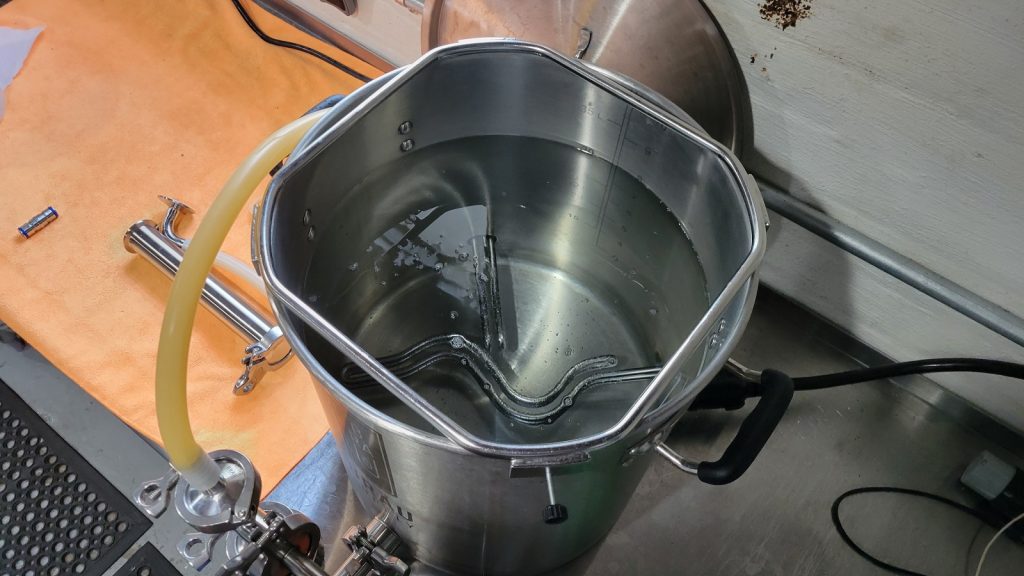
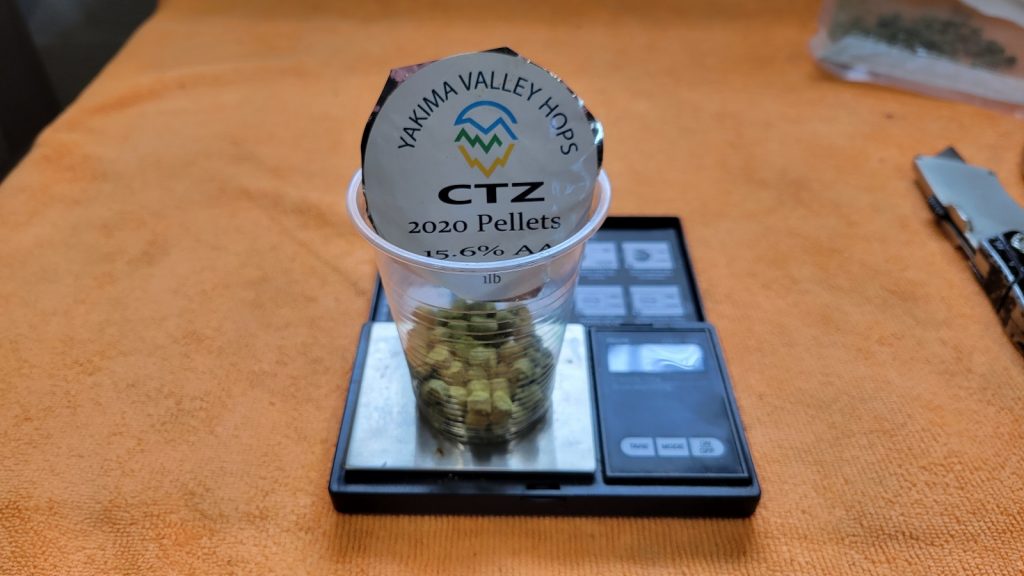
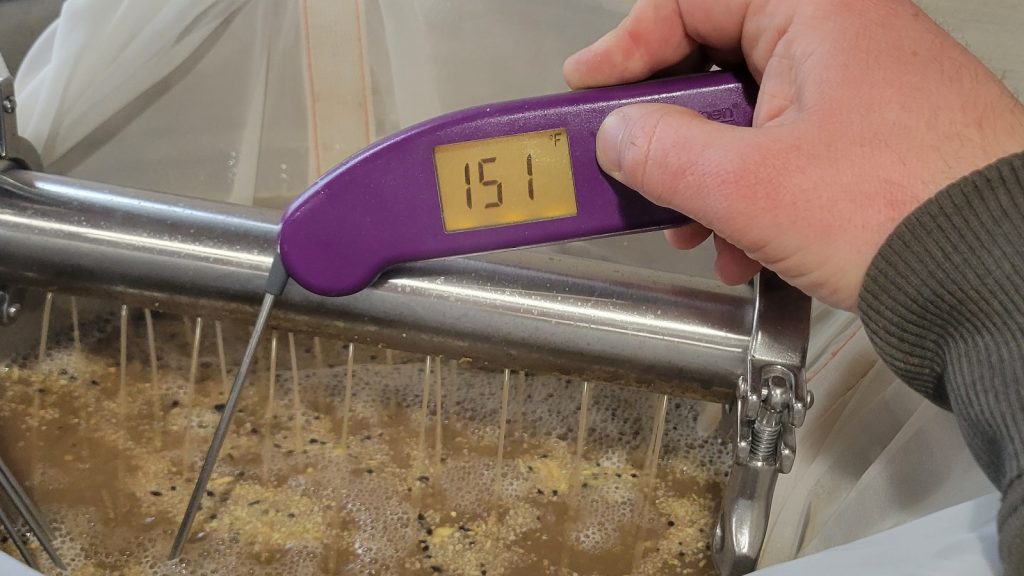
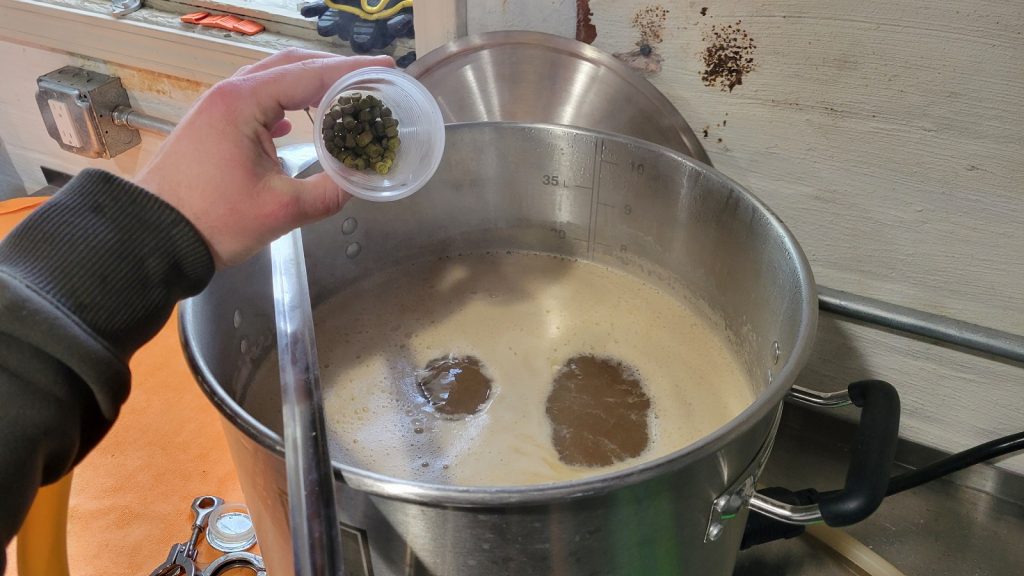
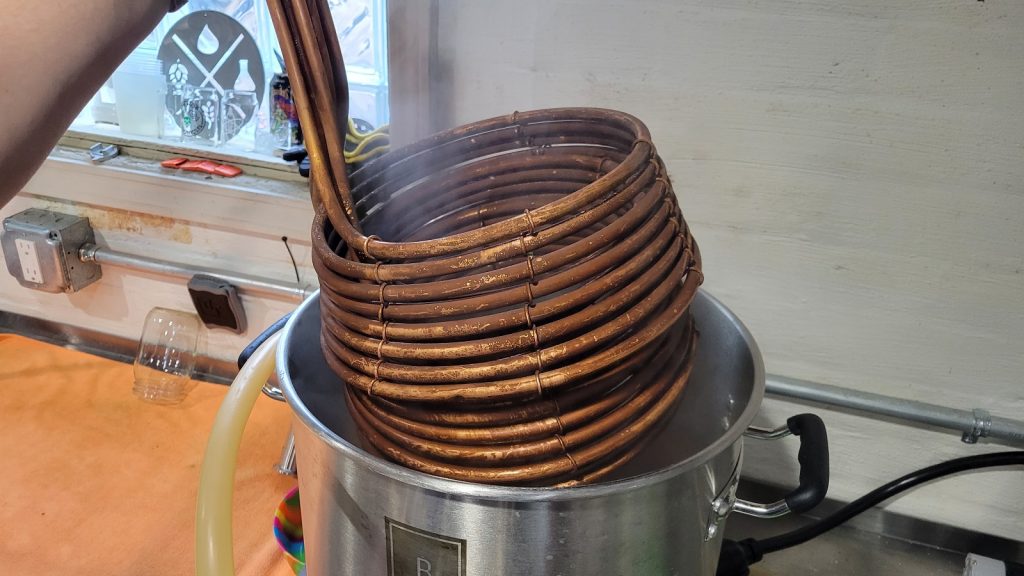
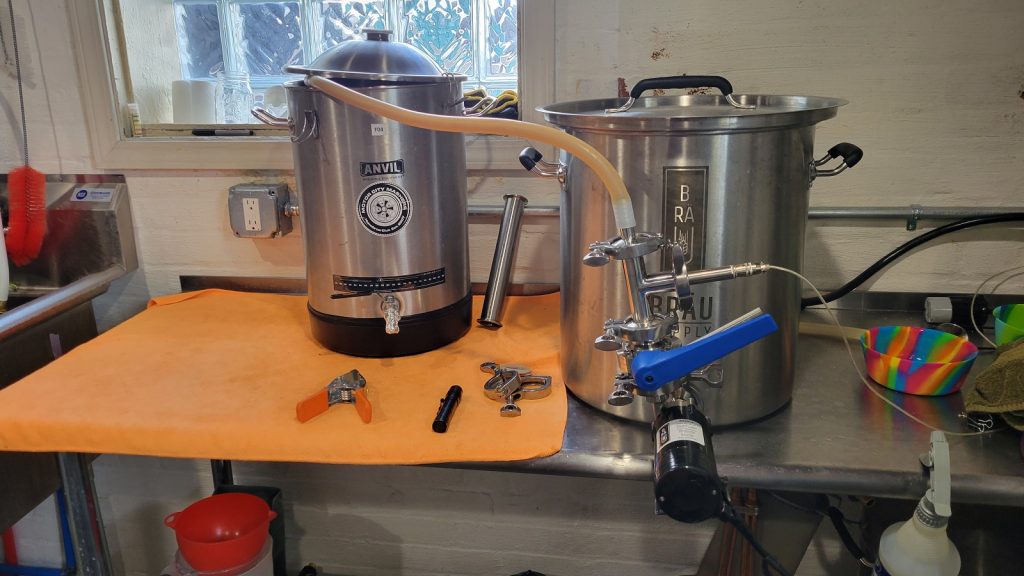

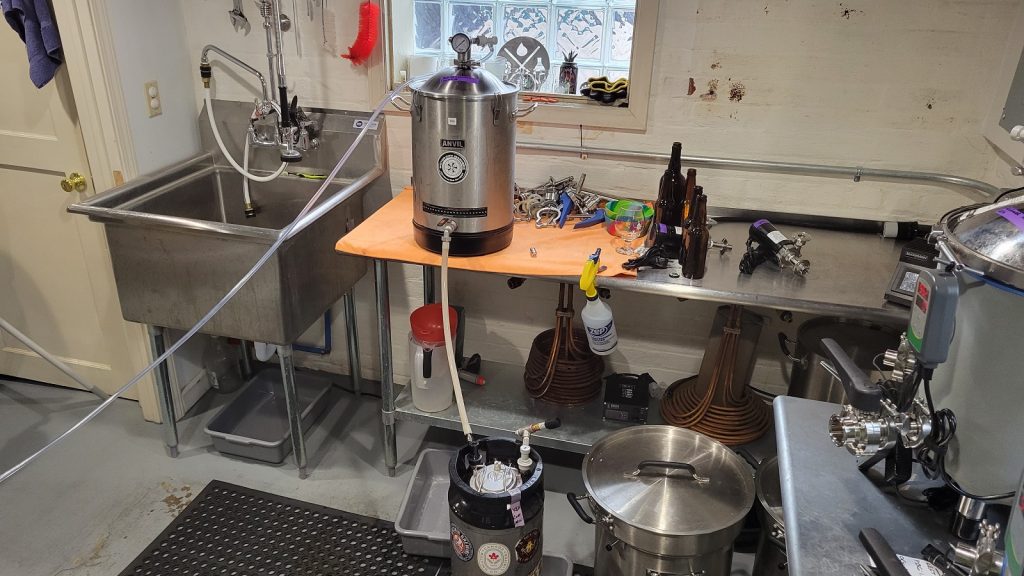
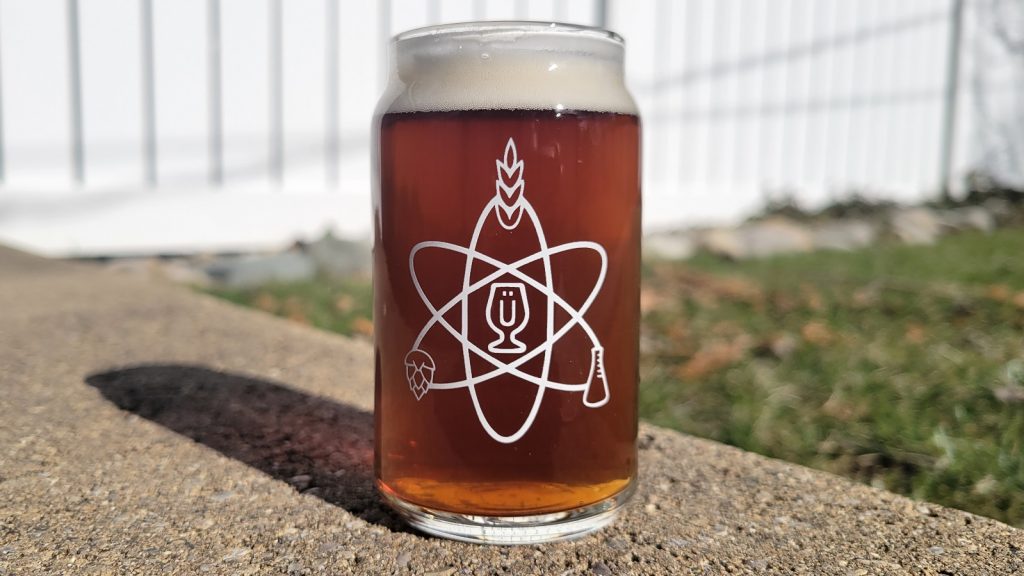
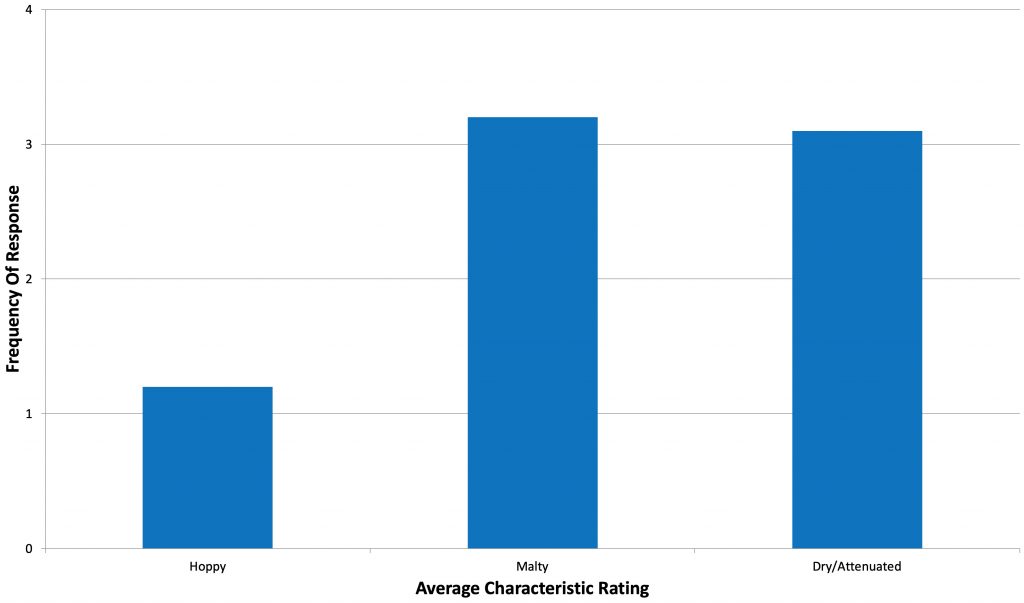
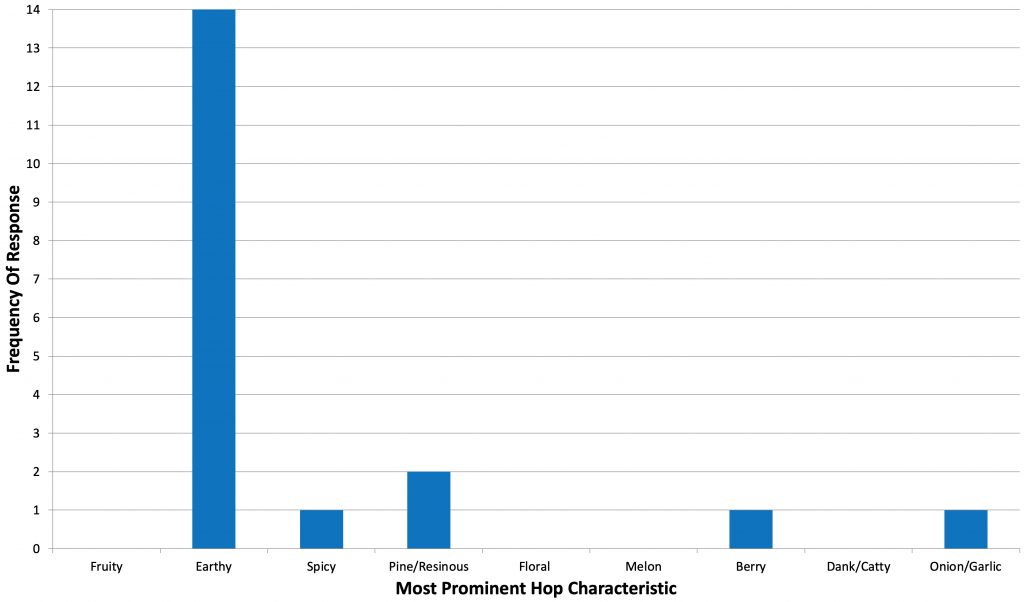
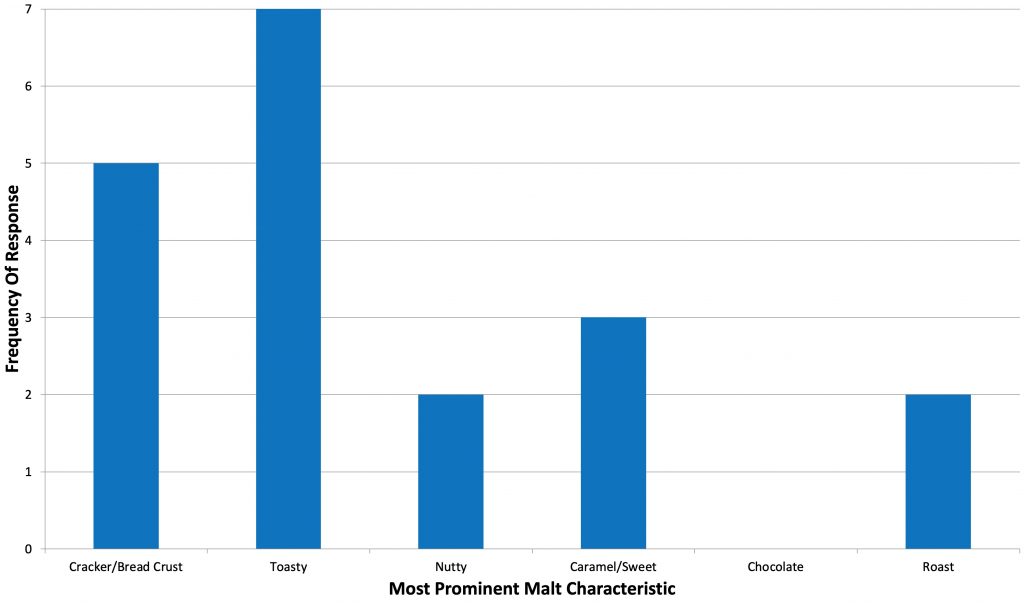
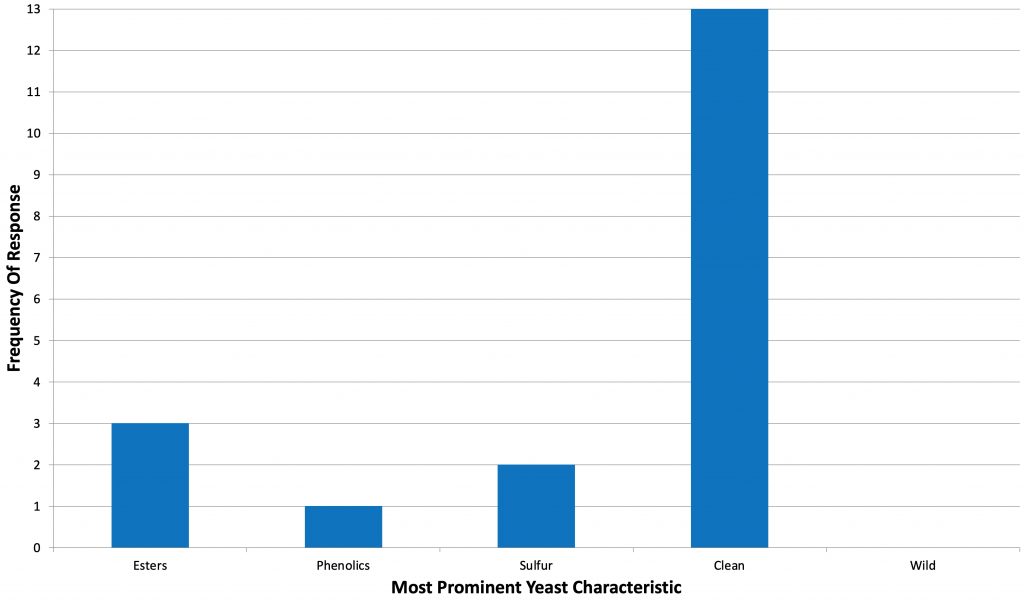
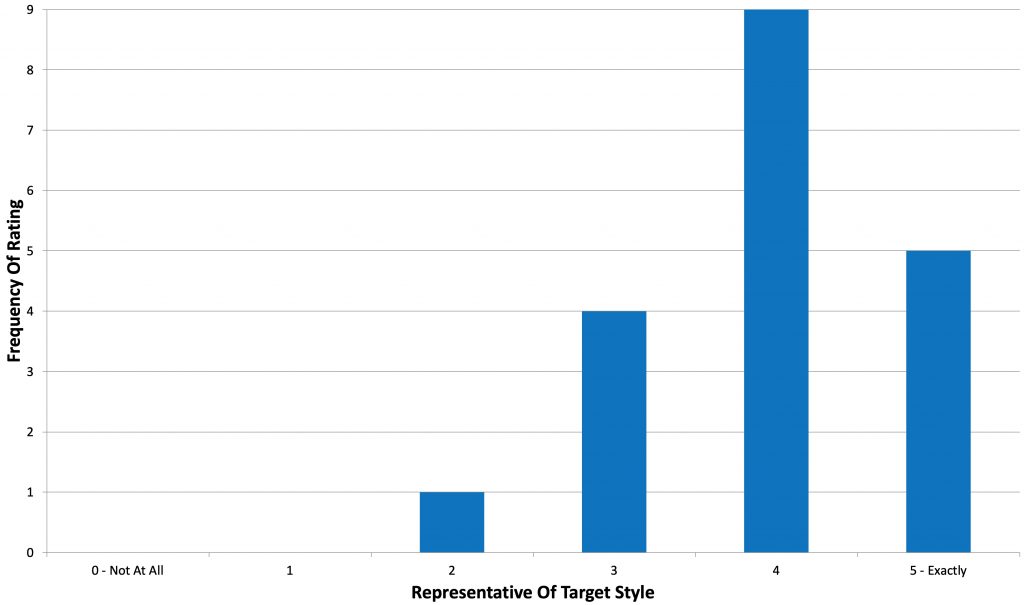
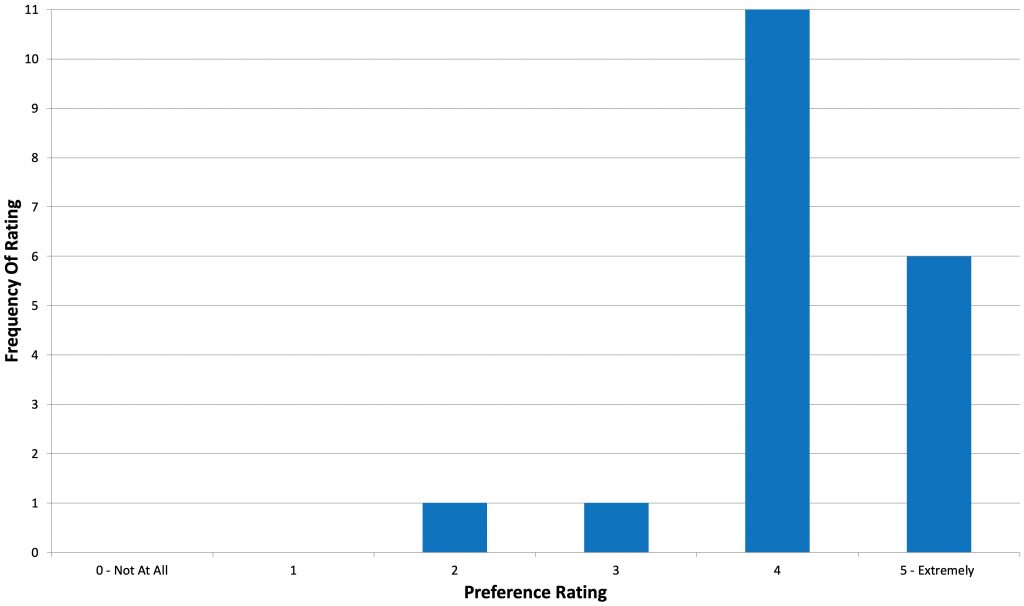











4 thoughts on “Short & Shoddy | Kentucky Common”
Hell yeah!! So glad you did this one. I discovered this style a few months ago when my brew club had it for our monthly meeting beer style. A bunch of people brewed it and all of them were amazing! Mine that I made was gone in 2 weeks because all my friends drank what had to be like 3 gallons in one night. It tasted like a maltier and hoppier version of shiner bock.
Why even mention a water profile and adjustments if you’re not going to let us know what it is?
I hope you saved me a can frenemy!
Hey Dude – Unfortunately, it’s all gone. I do plan on making this more though; was very tasty! Thanks for the recipe